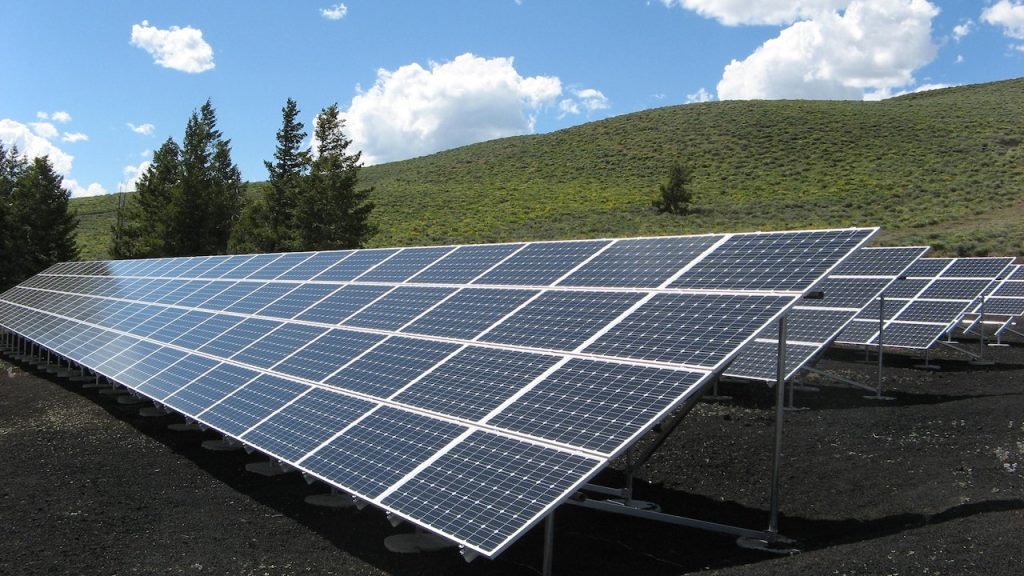Despite the fact that solar power is a viable option, there are some disadvantages to solar power that you should be aware of. These disadvantages include cost, space, and power density.
Low power density compared to fossil fuels
Compared to fossil fuels, solar power has a lower power density. The average power output from a solar panel is 170 watts per square metre. Compare that to a conventional power plant, which has power densities of up to 1000 watts per square metre.
Solar power also has a smaller output, which is why a solar PV system has to be spaced out to avoid shading. This also means more solar panels are needed for the same output.
The best commercial facilities produce an efficiency of 10% or more. In addition, solar PV can be stored in batteries, enabling us to use it when the sun isn’t shining.
Solar energy is not without its disadvantages, including expensive upfront costs and the need for space. Despite these shortcomings, it is estimated that solar PV could power the world’s needs with less than 1% of the planet’s dry land.
The power density of fossil fuels is higher, especially for oil and coal. For instance, a liter of gasoline contains 40 times more energy than a battery. Coal also has higher carbon output, but a cubic meter of coal may have an efficiency of 0.6 W/m2, whereas a cubic meter of solar cells produces a power density of around 10 W/m2.
For instance, wind power generates power densities of about 20 watts per square meter. However, most new wind-driven electricity generation is powered by turbines with power densities similar to wood-burning stations.
Costs can be high
Getting a solar panel system installed is an expensive proposition. Several factors affect the cost, including the type of roof you have and how long you will be paying off the system. The best thing to do is to get an estimate for the cost of your solar system.
The average residential 5-kW system costs $3 to $5 per watt. This is a lot cheaper than buying power from your local utility company. A 3-kW solar panel system will power basic electrical appliances and can save you around $300 to $900 annually.
A basic solar system includes electrical hookups and a mounting system. A more advanced system can include additional panels, batteries, and a backup gateway. Several states offer incentives to get residents to install solar panels.
A two-kilowatt solar panel system can save you around $90 a month. However, it will only produce about 20 to 30% of your home’s electricity.
Another cost-effective solar option is a solar lease. This is similar to leasing a car, except you don’t own the vehicle. Instead, you pay off the equipment over a 20-year period. In some cases, you can also sell your excess energy back to the utility company. This allows you to get credit for the energy you produce, which can reduce your electric bill.
Space is a problem for solar panels
Despite the promise of space-based solar power, the project has hit a number of problems. The biggest challenge is political. While the technology is not economically viable at this time, a number of projects are underway in the US and China.
China plans to operate a commercially viable solar space station by 2050. Meanwhile, the European Space Agency has put out a call for ideas. Other organizations involved in the project include Japan and the US.
Solar panels in space are not shielded by Earth’s atmosphere, and would degrade more quickly than panels on Earth. Space debris is another hazard. The International Space Station has already experienced damage from space debris.
The space environment also has a number of other hazards. Space weather includes space debris and micrometeorites.
To overcome these issues, scientists and engineers have been working on techniques for beaming solar energy back to earth. One solution involves using mirrors around solar panels. Another is wireless power transmission. However, wireless power transmission is difficult across large distances.
Concentrating solar power requires large areas
Using Concentrating Solar Power (CSP) as a sustainable energy source can be an important part of an overall strategy for reducing carbon emissions. This type of renewable energy source is based on the heat energy of the sun and is one of the most cost-effective ways to produce electricity.
Concentrating solar power plants typically use a power tower or parabolic trough system. These systems focus sunlight onto a receiver tube that is filled with a heat transfer fluid. The heat transfer fluid is then used to heat water in a steam generator. The steam is then used to power an electric generator.
In the United States, there are roughly 1,815 megawatts (MWac) of CSP plants in operation. Most are parabolic trough plants, but there are also several linear concentrator CSP plants under construction.
The Department of Energy is working to promote CSP as a cost-competitive alternative for producing baseload electricity. It hopes to see the cost of baseload CSP down to 5 cents per kilowatt hour by 2030.

